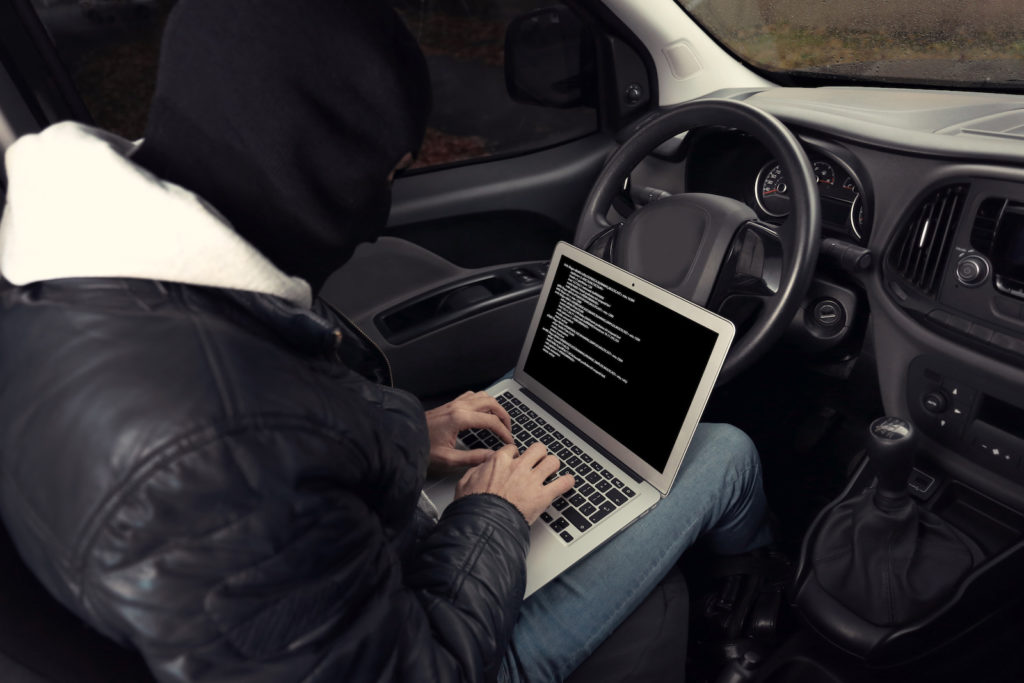Home security systems are designed to make you safer, however, with increasing scrutiny in the news from recent hackings, people are starting to wonder if they are more at risk if they utilize a security device in their home. The two most recently talked about hackings derive from Ring Doorbell and SimpliSafe home alarm systems. These companies claim to want to help people secure their homes from criminals, yet the recent data breach and intrusions of privacy on behalf of their customers have caused serious concern for anyone considering a home alarm system. With over 300,000 customers in the United States, SimpliSafe security home alarm system has been exploited for being easily accessible to attack from hackers. This translates to hackers having not only full access to the alarm but also the ability to disarm the system entirely. This obviously puts the safety of the house and the people inside it in jeopardy. Furthermore, with 3,672 Ring Doorbell camera log-in credentials compromised with a recent hacking, it’s no wonder that people are becoming more cautious when it comes to home monitoring systems.
However, despite the fear that many people are faced with when it comes to deciding whether a home security system is worth the risk, it would be most beneficial to understand why Ring Doorbell and SimpliSafe got hacked in the first place. With this clarity, you can then move forward with the knowledge needed to find the safest home alarm system to suit your security and privacy needs.
Why Ring Doorbell and SimpliSafe are Getting Hacked
Home security systems are not created equal. In the case of SimpliSafe and Ring Doorbell there are obvious flaws in the system that need to be addressed so you can make more informed decisions when selecting a home security device moving forward.
To start, SimpliSafe uses unencrypted network communication. Simply put, anything unencrypted is vulnerable to hacking. With SimpliSafe, hackers can use special radio equipment to pick up unencrypted PIN messages from the home alarm system. These messages are the ones that customers use to transfer from a keypad to the alarm control box on the home security system. Obviously, once a PIN is obtained, the alarm code can be disabled and, thus, a burglary can be carried out once the owner is not home. While a fix to the system to avoid vulnerability to attack seems like a viable option, this isn’t an option for a SimpliSafe security system because the hardware is one-time programmable.

On the other hand, Ring Doorbell can be either hardwired or installed wire-free. The sensors on the device then send out a notification whenever someone rings your doorbell or detects someone walking within range of the motion sensor. A button on the back of the home security device, which is used for the configuration process to connect to a Wi-Fi network, has been the source of vulnerability for hacker attacks. Since Ring Doorbell is secured with only a few screws to a door frame, this button is pretty accessible to someone who wants to hack the system. Furthermore, with access to the button on the back of the device, hackers can retrieve the MAC address (the network location used by Ring Community Support when troubleshooting) and Gainspan’s HTTP server (where the user’s network name and password is accessible). Once accessed, hackers can intrude on the privacy of the customer’s home.
Why Encryption with Your Home Security System Matters
If you’re serious about the security of your home, you probably have wondered what causes breaches in security and how to prevent your personal data from being at risk. Security systems store sensitive information, such as passwords and PINS and often times are connected to your smartphone so you can view your home when you’re away. If your security system is wireless, it’s essential that the security device and network contain encryption. Unencrypted security systems are vulnerable to hacking, giving hackers the ability to easily access passwords and information, and even disable your system.

In order to ensure you have a home security device that has little potentiality of being hacked, it is essential that you find a device that uses the National Security Agency’s (NSA) Advanced Encryption Standard (AES) and Power G Technology. In 2003, the NSA stated that this Advanced Encryption Standard was secure enough to protect its information at top-secret levels. Finding a home security system that employs the proven AES-128 (128 bit) guarantees strong alarm system protection against hackers and other attackers. Another way of looking at AES-128 is to imagine a locked mailbox without a mail slot. Anybody who wants to leave or read a message needs to have a key to the mailbox. The necessary “key” needed is the 128-bit encryption that protects the home alarm system. In addition to encryption, Power G Technology is designed from military radio technology standards with security and reliability under adverse conditions in mind. With these standards, unauthorized interception of communication is virtually impossible. This is essential in ensuring the protection and safety of your home and preventing any possible attacks from hackers.
How to Protect Your Home Security System from Getting Hacked
In order to best protect your home security system from a potential threat of being hacked, it is vital that you find a company that utilizes 128 bit encryption and Power G Technology. As previously mentioned, this is the standard set to ensure the alarm system is most thoroughly protected from intruders and attacks. Furthermore, you need a company that provides the highest quality equipment and alarm monitoring experience that the industry has to offer. In regards to monitoring, finding a home alarm company that monitors your home 24/7 and has fast response times is also vital in ensuring your home is always protected.
